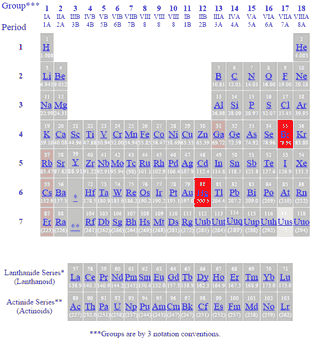Other liquid elements.
Two pure elements that are liquid at room temperature.
While a number are gases are only two elements are liquid at room temperature.
That state of matter of an element may be predicted based on its phase diagram.
False is correct statement.
An example is the halogen element chlorine.
While temperature is an easily controlled factor manipulating pressure is another way to cause a phase change.
Room temperature is a loosely defined term that can mean anywhere from 20 c to 29 c.
Radon helium xenon neon krypton and argon are eight noble gases.
Because some pure element are liquid room tempreature.
Each of the 13 elements has their own unique physical and chemical properties.
There are two elements that are liquid at the temperature technically designated room temperature or 298 k 25 c and a total of six elements that can be liquids at actual room temperatures and pressures.
On the other hand increasing temperature and decreasing pressure allows particles to move father apart.
They are nonreactive mono atomic elements with extremely low boiling points.
Liquid at room temperature yes it is false.
Common rtd sensing elements constructed of platinum copper or nickel have a repeatable resistance versus temperature relationship r vs t and operating temperature range the r vs t relationship is defined as the amount of resistance change of the sensor per degree of temperature change.
Elements that are liquid at 25 c.
A pure substance made of only one kind of atom.
No pure element are liquid at room temperature true or false 2 see answers abdulsamilhan889663 abdulsamilhan889663 answer.
Resistance temperature relationship of metals.
Only two elements that are liquids at room temperature.
There is 2 elements that are liquids at room temperature.
Existing in the gas phase.
When pressure is controlled other pure elements may be found at room temperature.
These two are mercury and bromine.
Mercury with a melting point of minus 38 83 c 234 32 k minus 7 89 f and a boiling point of 356 73c 629 88 k 674 11 f is the most well known of these.
Element that is usually a gas or brittle solid at room temperature and is a poor conductor of head and electricity.
The relative change in resistance temperature coefficient.
Depending on the conditions a substance may skip a phase so a solid may become a gas or a gas may become a solid without experiencing the liquid phase.
Mercury hg and bromine br.

